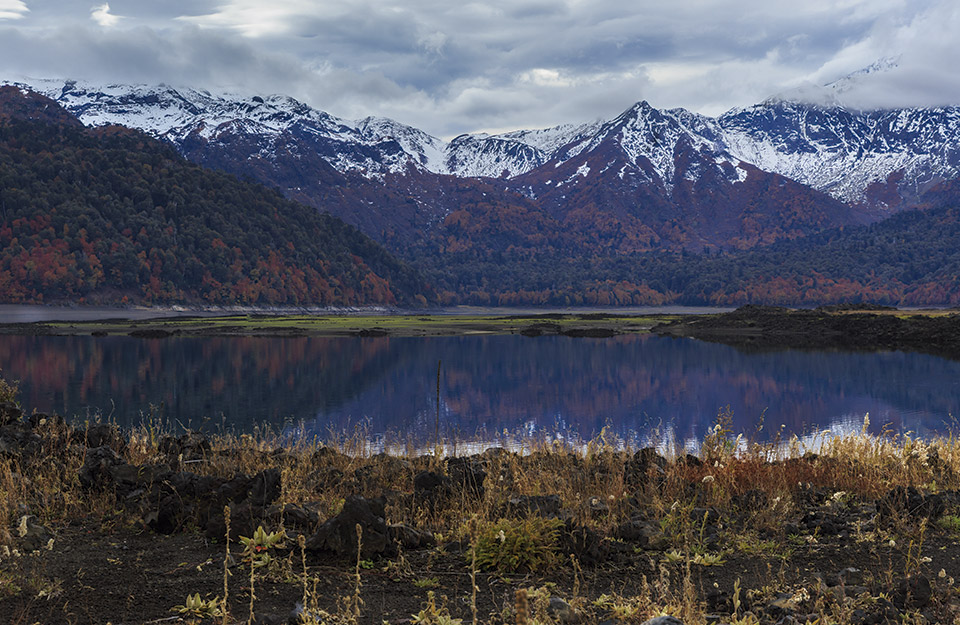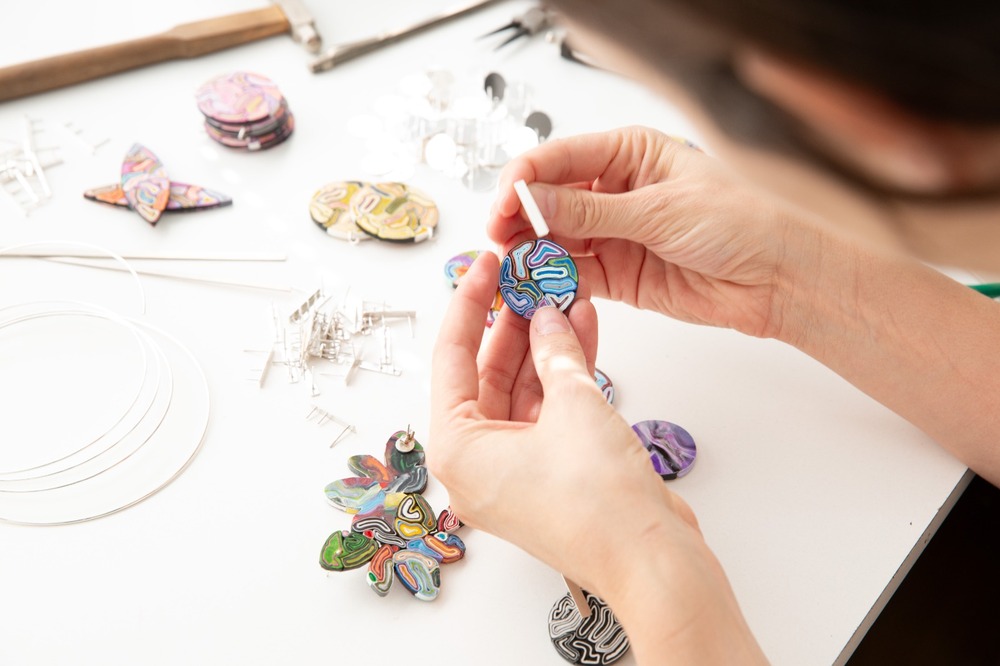
The Netflix series "Our Great National Parks" allowed the national parks of Chilean Patagonia to travel around the world. But within the 42 national parks that the Chilean territory hosts from north to south, you can find a series of curiosities such as the southernmost park in the world, the one with the cleanest skies, the most biodiverse. Here are 7 curiosities about the great national parks of Chile.
The recent premiere of the Netflix series "Our Great National Parks" put the national parks of Chilean Patagonia in the eyes of the world. Undoubtedly the natural beauty, coupled with conservation efforts is a combination that has put Chile at the forefront of environmental care and has allowed the country to have some of the most impressive national parks in the world.
Chile's environmental heritage is administered by the National Forestry Corporation (CONAF), and is composed of 106 units: 42 National Parks, 46 National Reserves and 18 Natural Monuments, covering a total of 18.6 million hectares, equivalent to 21.4% of the entire continental national territory.
Which are the most visited, the largest, the most biodiverse? Find out here.
Chile's oldest national park and the first protected area in South America
Created on August 17, 1926, the Vicente Pérez Rosales National Park is the oldest national park in the country. It has an area of 253,780 hectares, is located in the Los Lagos region, 60 kilometers from the city of Puerto Varas, and is part of the Temperate Rainforests of the Southern Andes Biosphere Reserve.
But while this is the oldest park in the country, the protection of state wilderness areas dates back two decades, putting Chile at the forefront of the region. In 1907, the first national protected area was created: the Malleco Forest Reserve in the Araucanía Region. It was the first protected area not only in Chile, but also in South America, the third in the American continent and the ninth in the world.

The largest national park
The largest in Chile is the Bernardo O'Higgins National Park, located in the regions of Aysén and Magallanes. With an extension of 3.5 million hectares, equivalent to the surface of a whole country like Taiwan, it is one of the 20 largest national parks in the world. It is followed nationally by the Kawésqar National Park in the Magallanes Region (2.8 million hectares) and in third place by the Laguna San Rafael National Park (1.7 million hectares).
Created in July 1969, Bernardo O'Higgins National Park stands out for containing one of the largest fresh water reserves in the world, and is also characterized by the vestiges of the Kawésqar or Alacalufe culture, and by the protection of fauna species such as huemul, and sea lions.
The most biodiverse place (on the planet)
By unit area, the national park with the greatest biodiversity in Chile is the Juan Fernández Archipelago National Park, located in the middle of the Pacific Ocean. Composed of the islands Robinson Crusoe, Alejandro Selkirk and Santa Cecilia, it is a recognized "hotspot" of global importance for biodiversity that is home to 5% of endemic plants and 30% of Chile's endemic birds, according to information from CONAF. Today, all the endemic plants of the archipelago are in some conservation category (extinct, critically endangered, endangered, or vulnerable) and half of the bird species are critically endangered or vulnerable. Juan Fernández is even registered in the Guinness Records as the place with the greatest diversity and quantity of endemic plants in the world per square meter.

The national park with the best skies in Latin America
Fray Jorge National Park is located in the coastal sector of the municipality of Ovalle (Coquimbo Region), facing the Pacific Ocean. It was created in April 1941 and has an area of 8,863 hectares.
Its main attraction is to be a place with characteristics of lush forest next to the Atacama Desert, the driest desert on the planet. This redoubt of Valdivian forest would have been maintained thanks to a special climatic phenomenon: the condensation of the coastal fog (camanchaca) product of the crossing of the Humboldt current with the winds coming from the sea.
But it not only stands out for its forest in the middle of the desert, but also for its impressive skies, which have made it the only Starlight Reserve in Latin America, a certificate obtained in 2013, thanks to parameters such as the darkness of the sky, sharpness, transparency and number of clear nights per year (280).
The southernmost park not only in Chile... in the world
Cape Horn National Park is located in the province of Chilean Antarctica, Magallanes Region, 12 hours by boat from Puerto Williams, the southernmost city in the world, making it the southernmost national park in the world. Created in April 1945, it stands out for the protection of fauna species such as the leopard seal, dolphins, whales, sea lions, chungungo, elephant seal, southern dolphin and Chilean dolphin. Among the birds are the Dominican gull and giant petrel. As for flora, the Magellan coigüe, canelo, leñadura and ñirre are present.

The most recent park
The most recent is the Río Clarillo National Park, located in the commune of Pirque, Metropolitan Region. It was created as a national reserve in 1982, but was later recategorized, officially becoming a national park in December 2020. With this, it became the first national park in the Metropolitan Region.
This park stands out for the protection of species, among them, birds such as the comesebo, the fiofío and the rayadito. As for mammals, most are of neo-arctic origin, evidencing the canines, mustelids and felines. Among the flora, the litre, peumo and quillay stand out, accompanied by wild flowers.
The most visited national park
As well as being the oldest park in Chile, it is also the most visited. It is the Vicente Pérez Rosales National Park, located in the Los Lagos Region, which registered a total of 307 thousand visitors between January and December 2020 (in the middle of the pandemic). This park stands out for its tourist attractions such as Los Saltos de Petrohué and Lake Todos los Santos.
It is followed by Torres del Paine National Park in the Magallanes Region (142 thousand visitors in 2020), and, in third place, Conguillío National Park in the Araucanía Region (83 thousand visitors in 2020).







